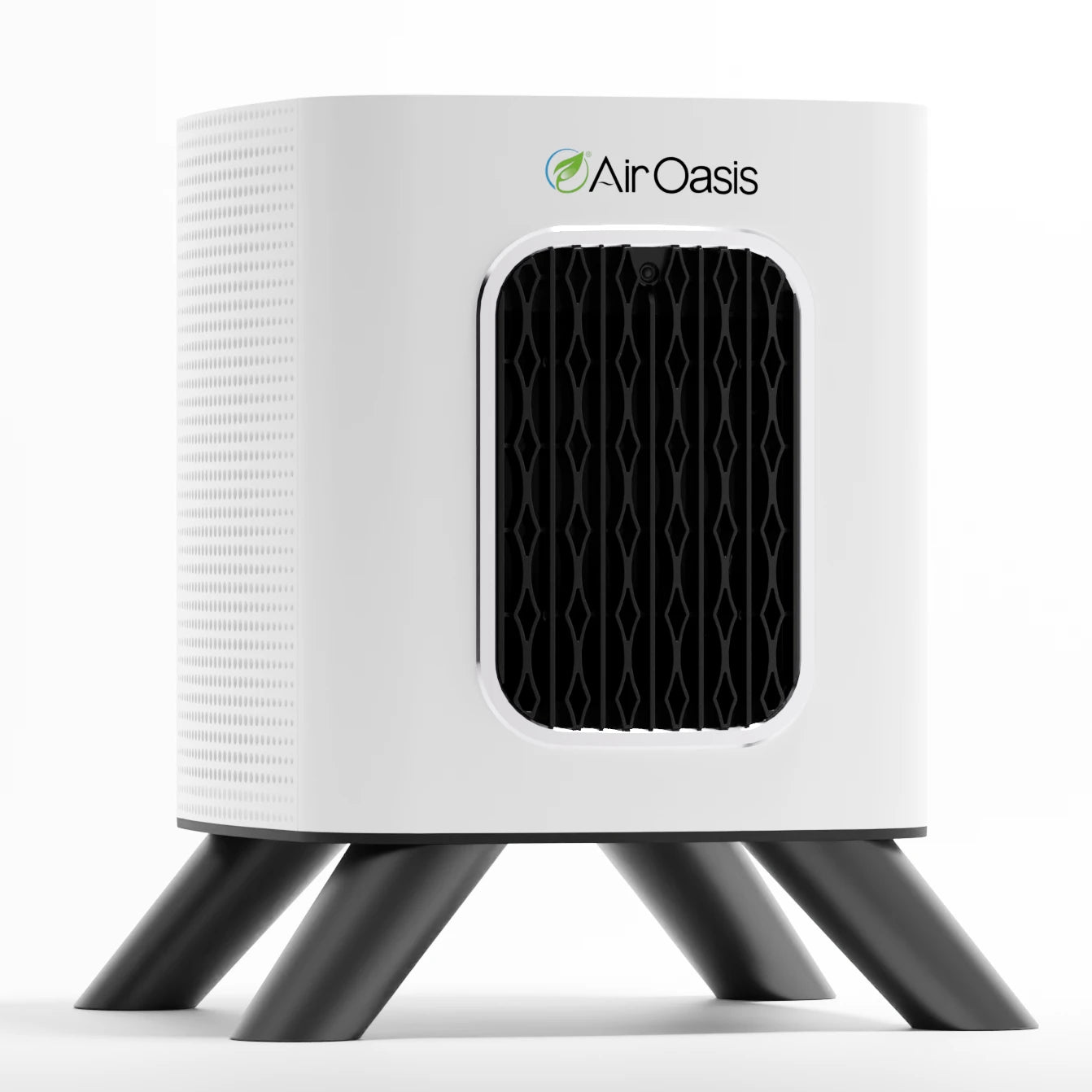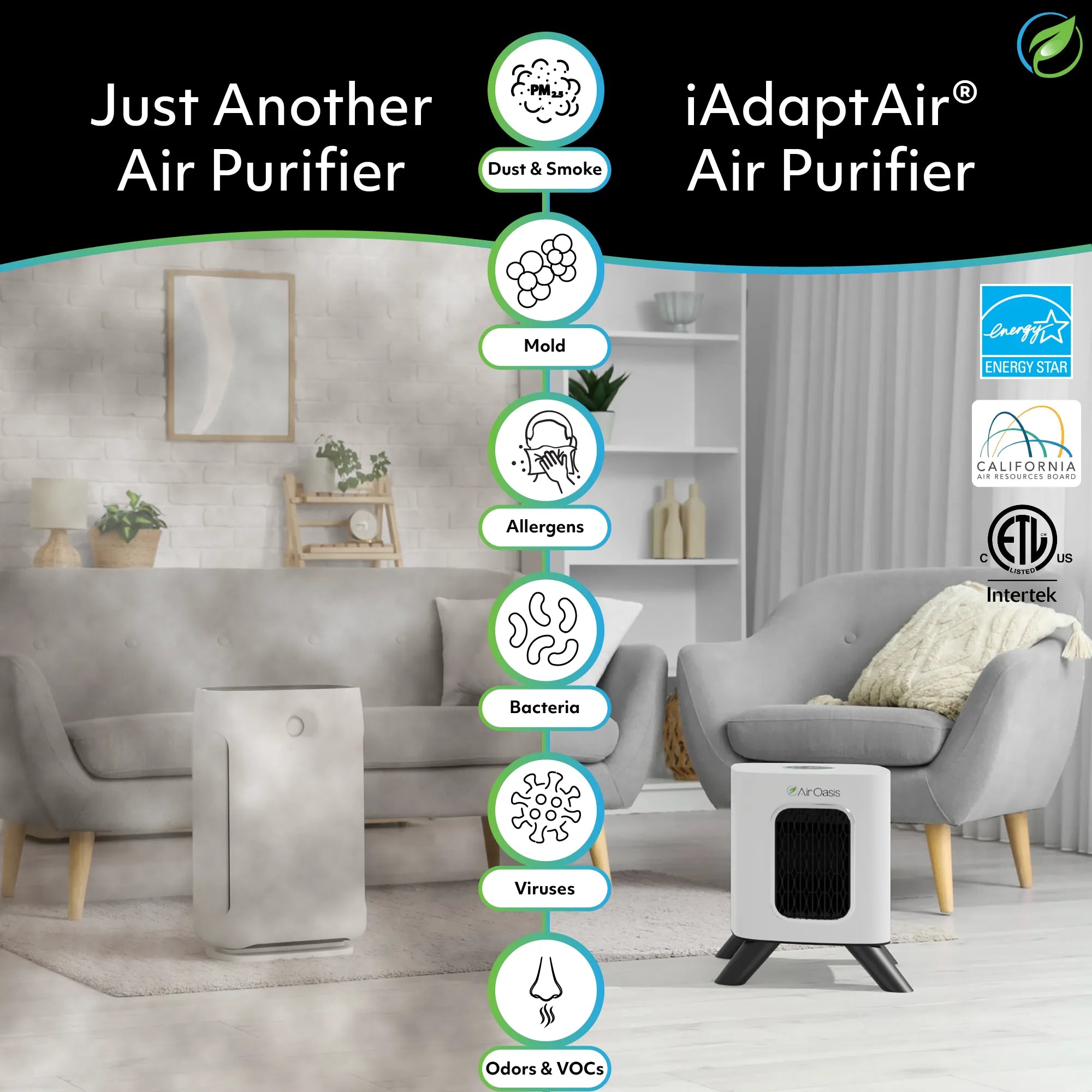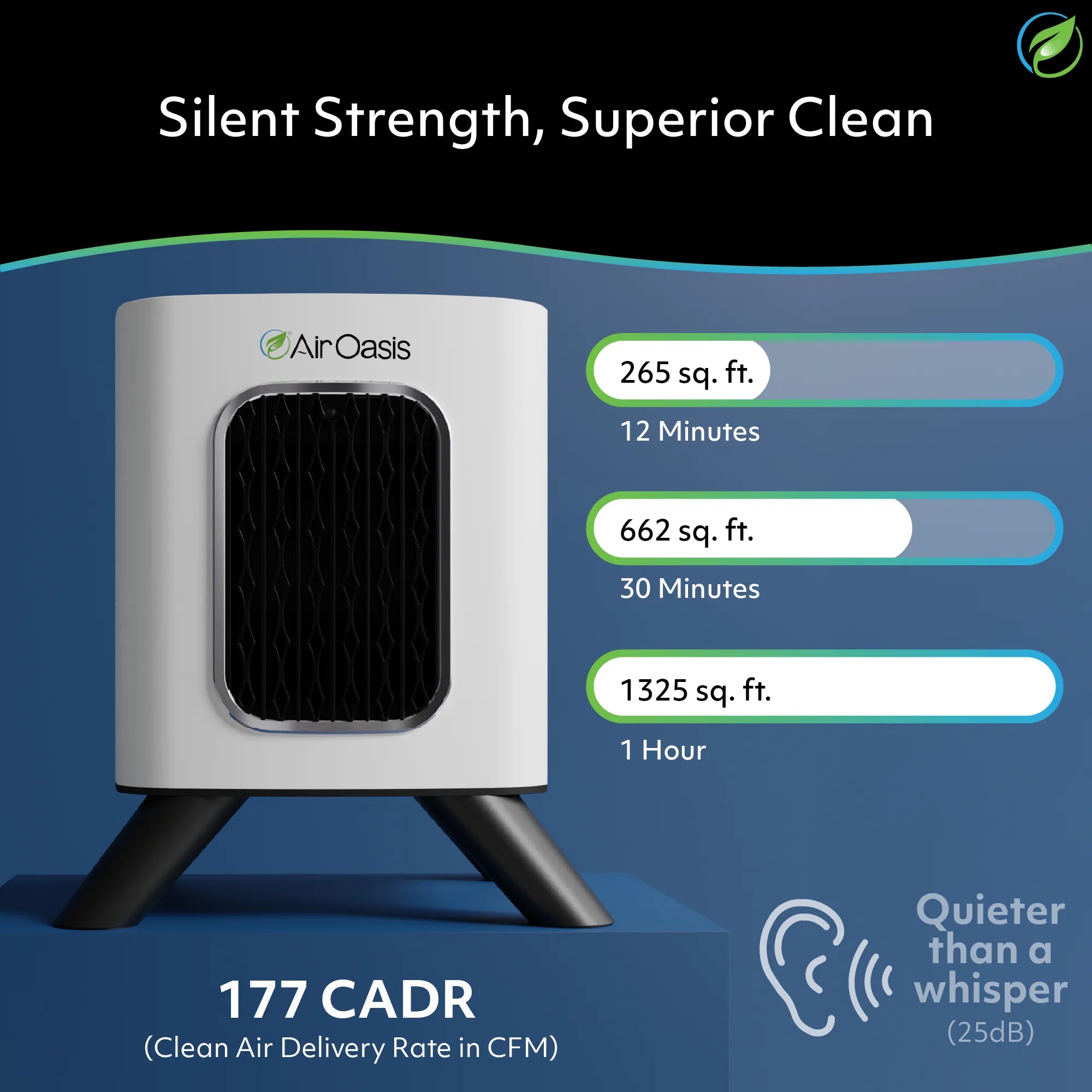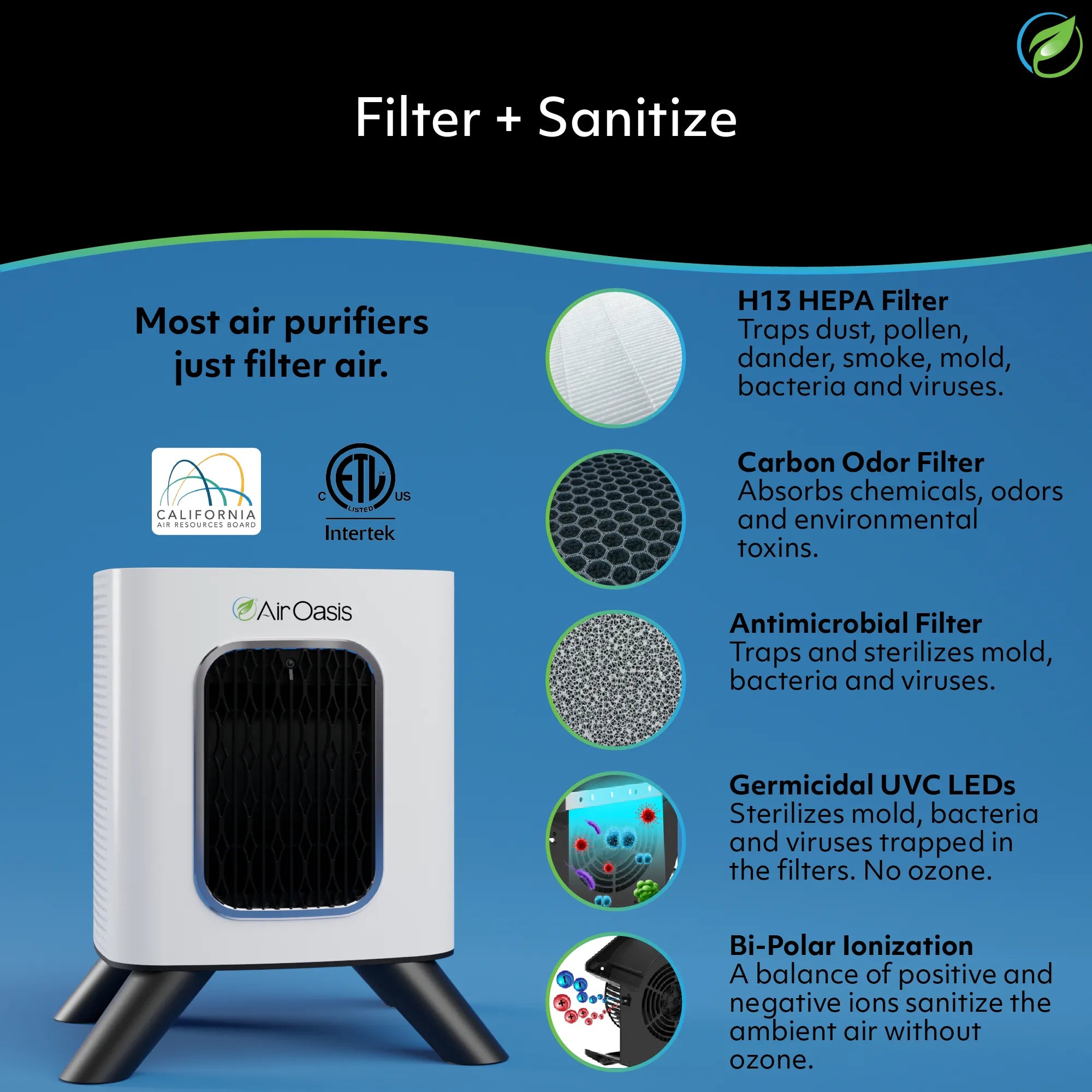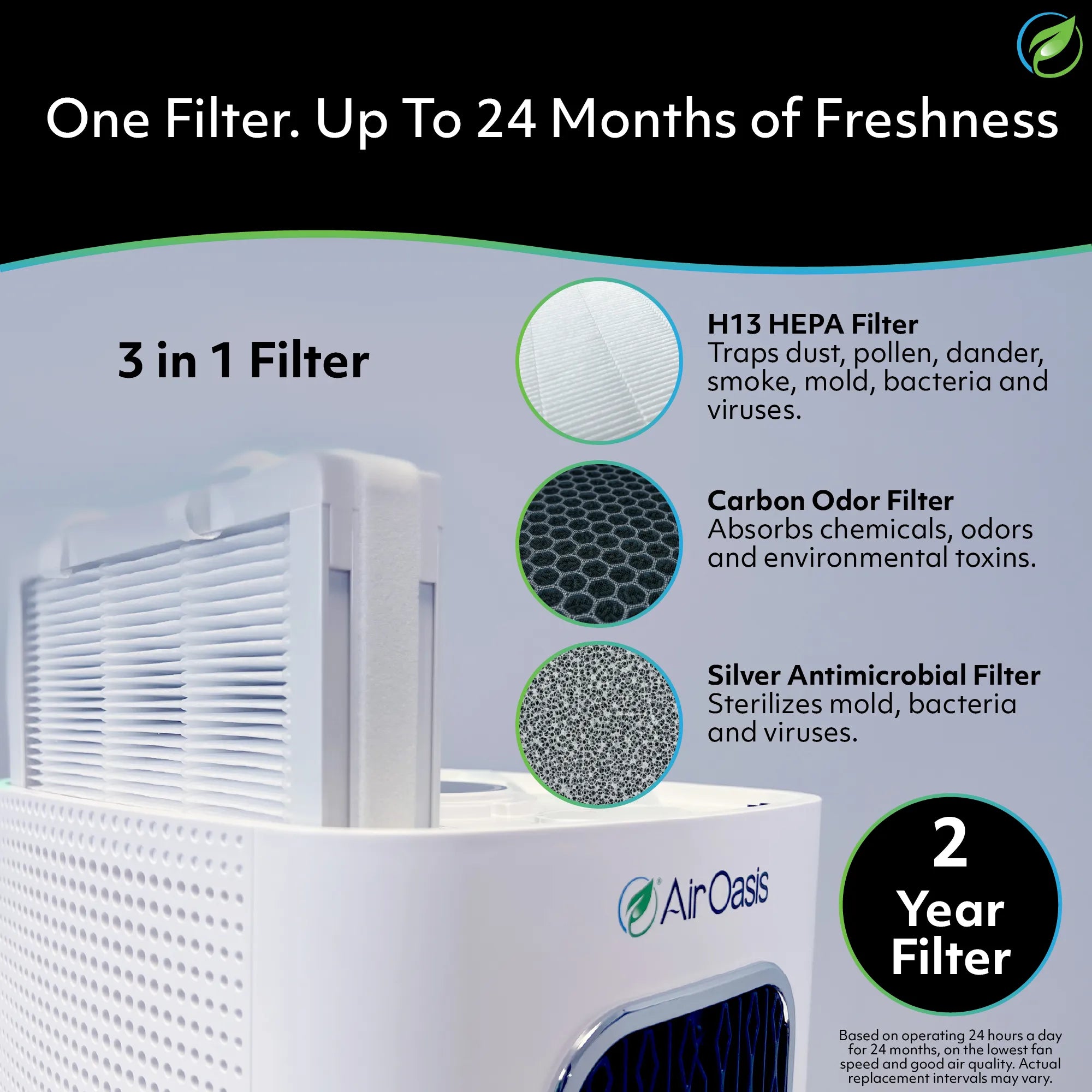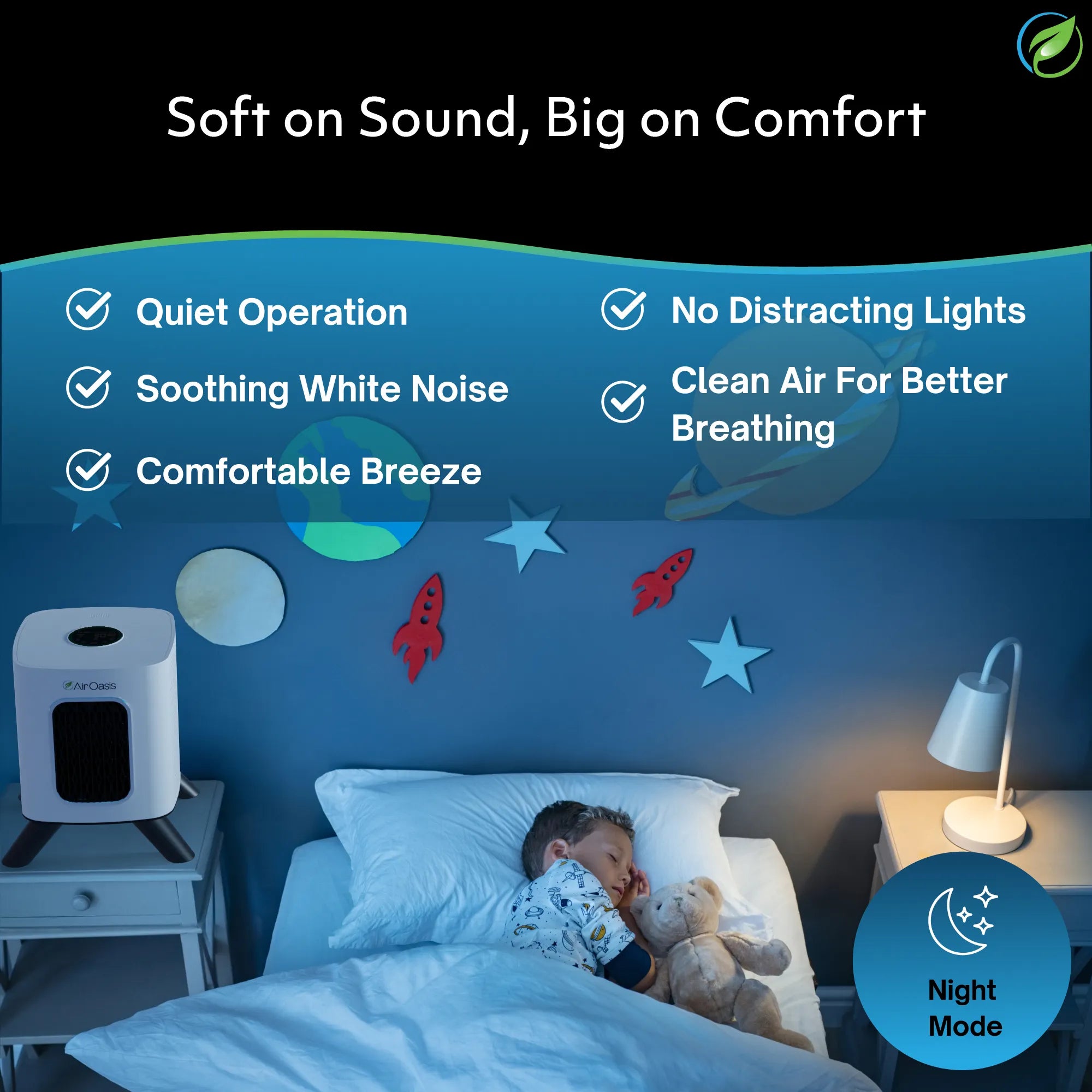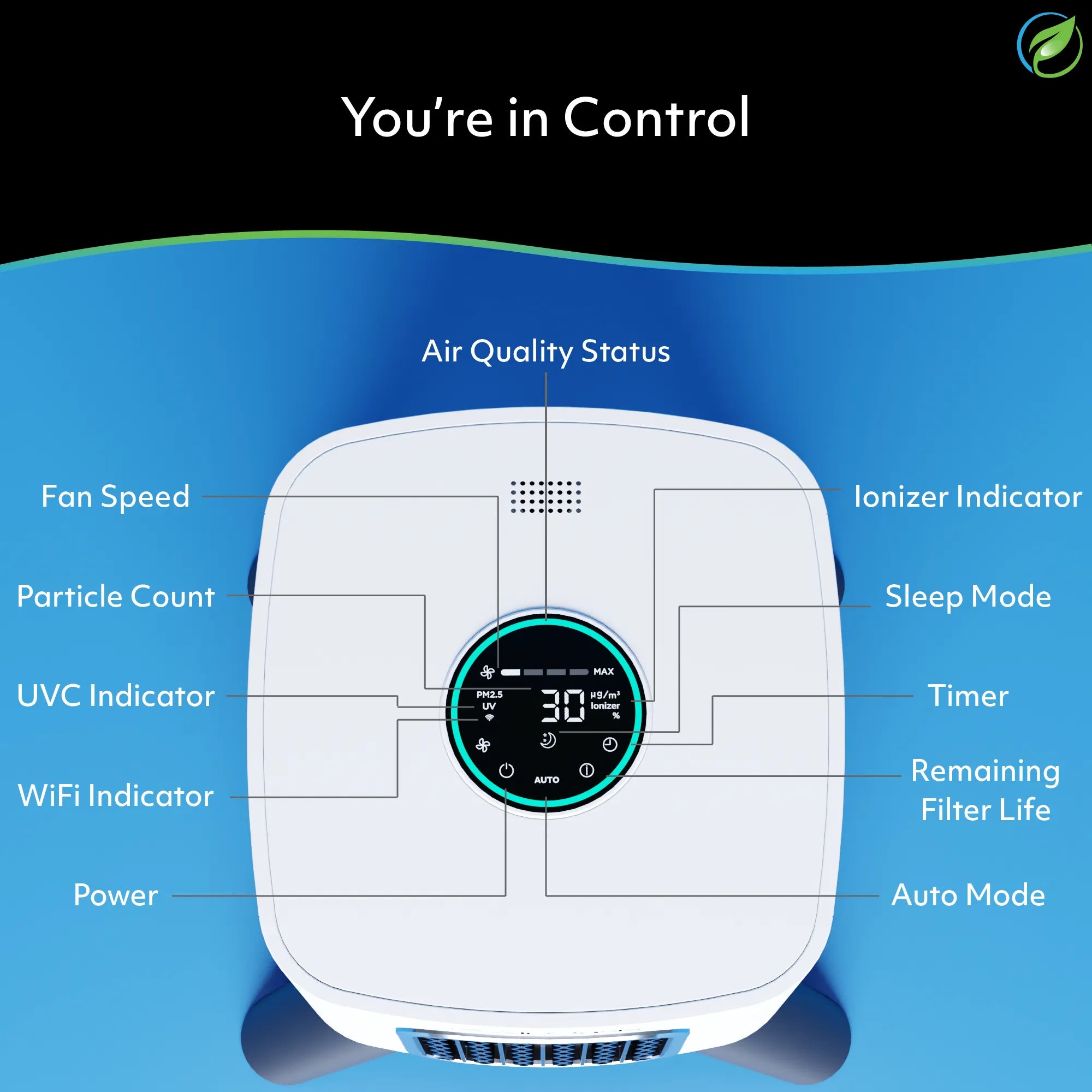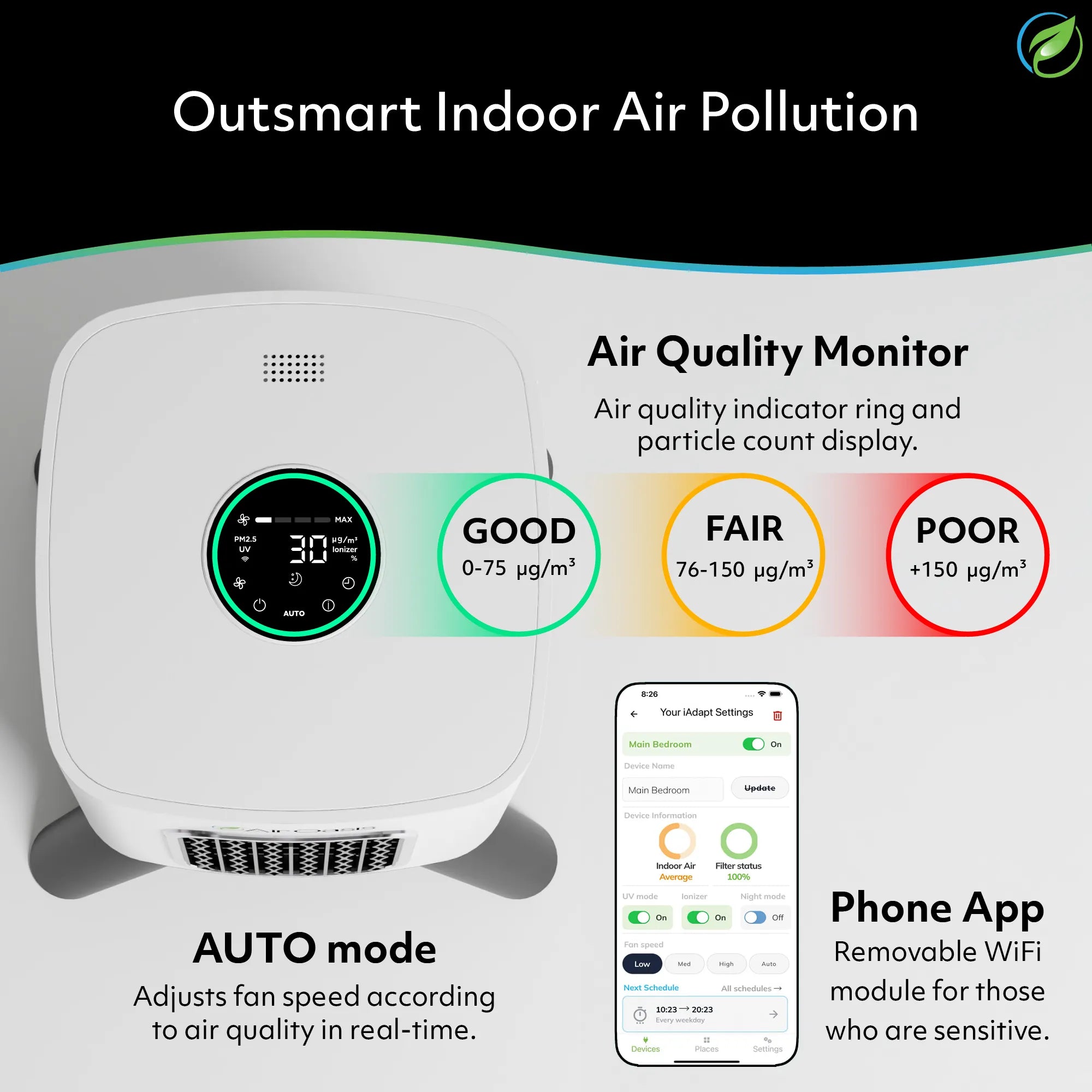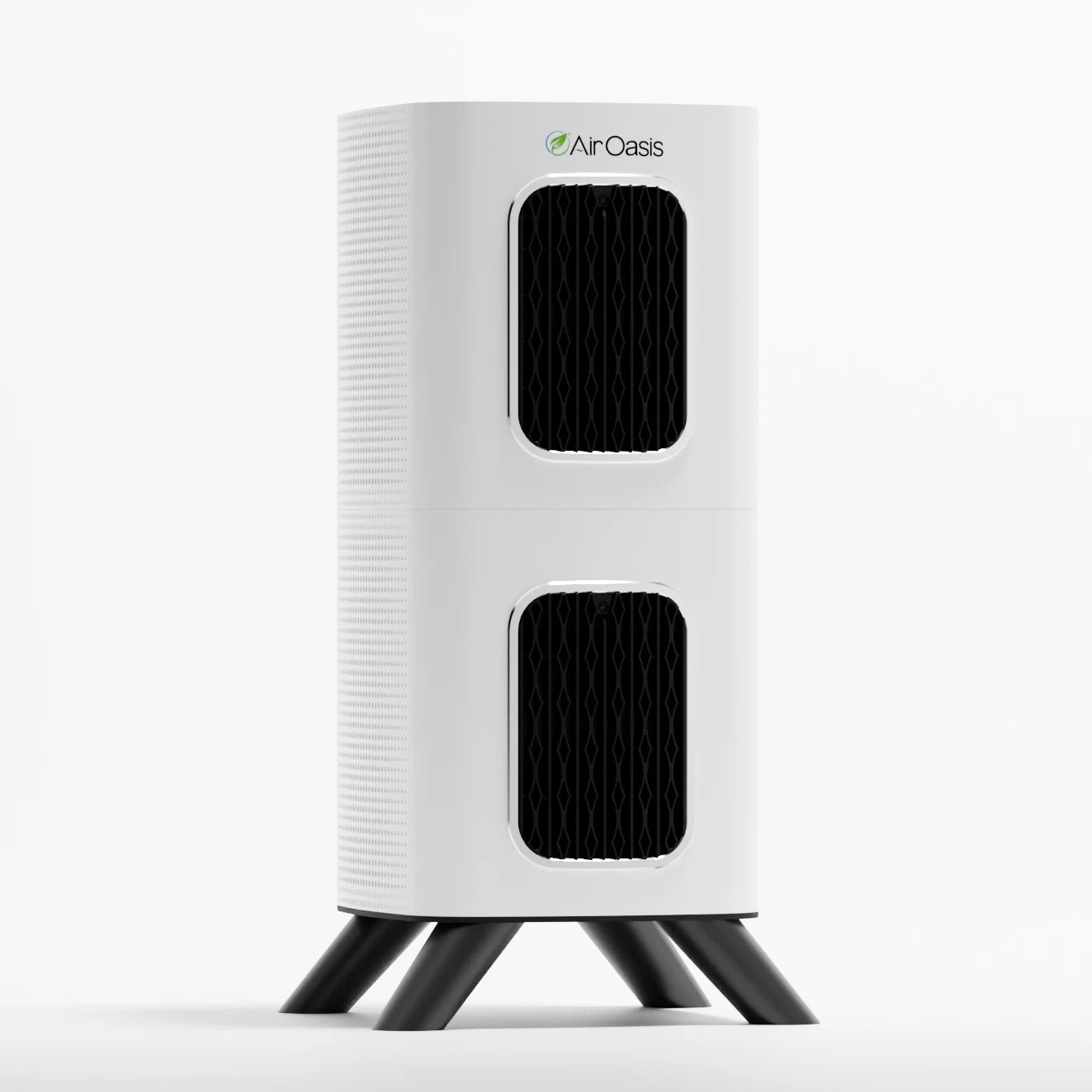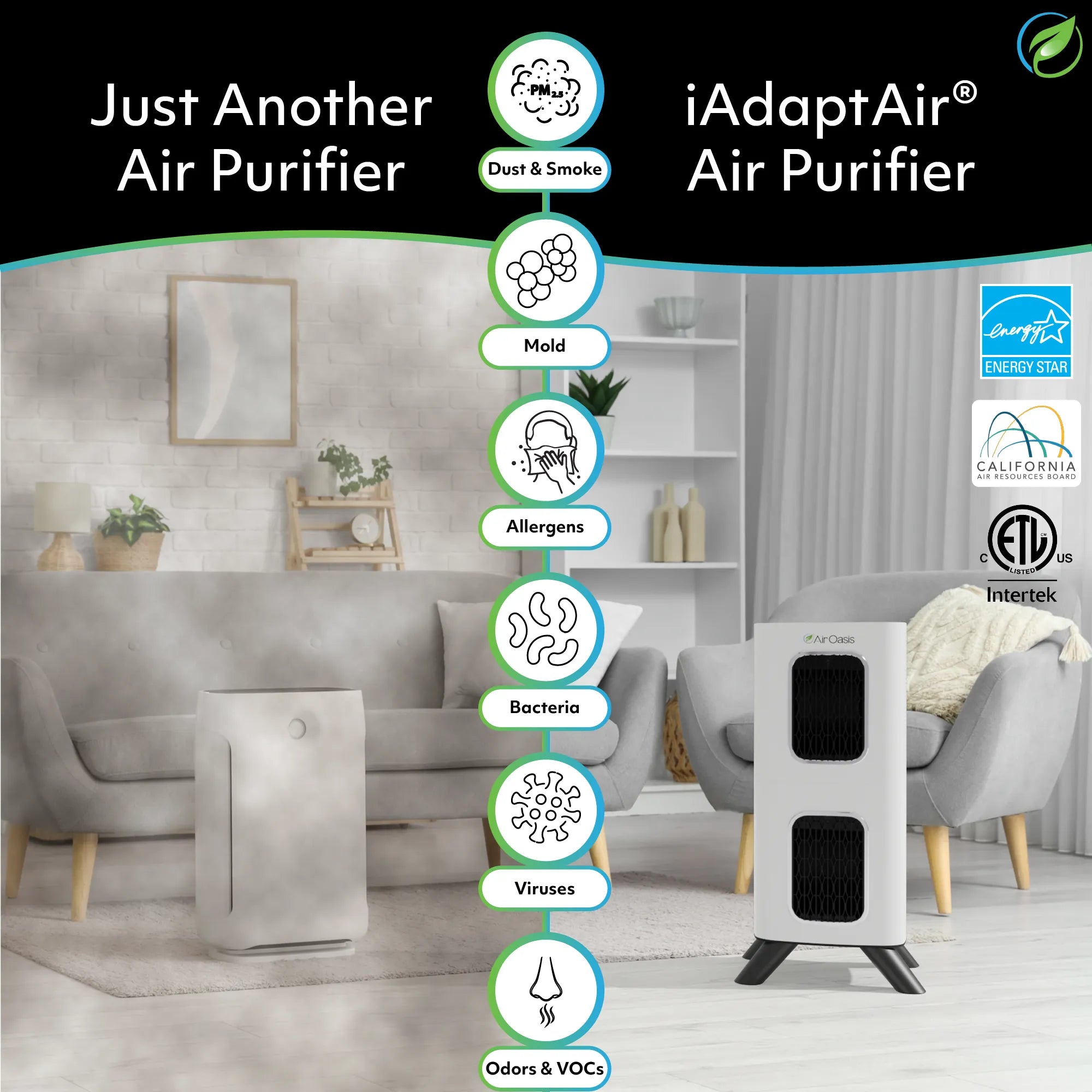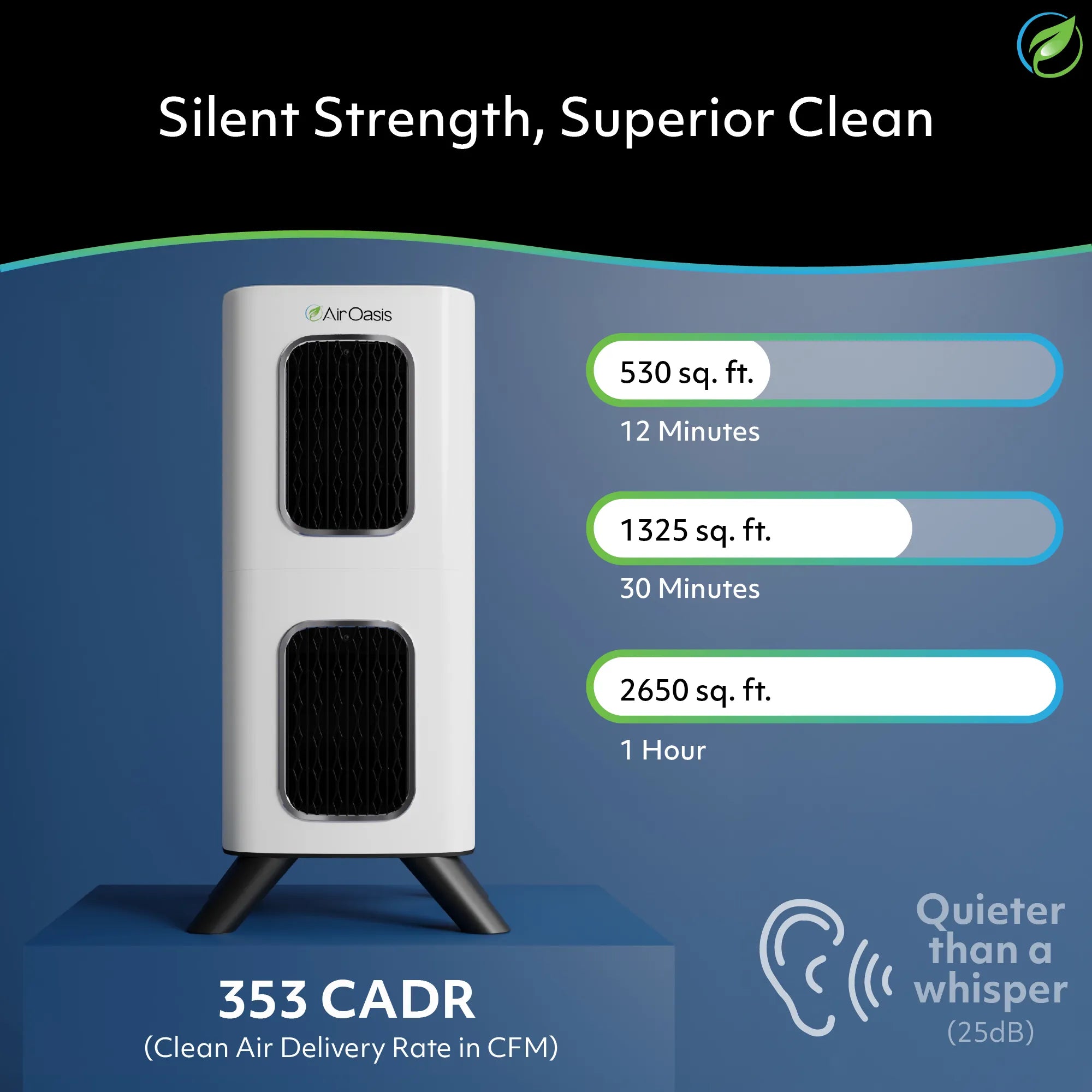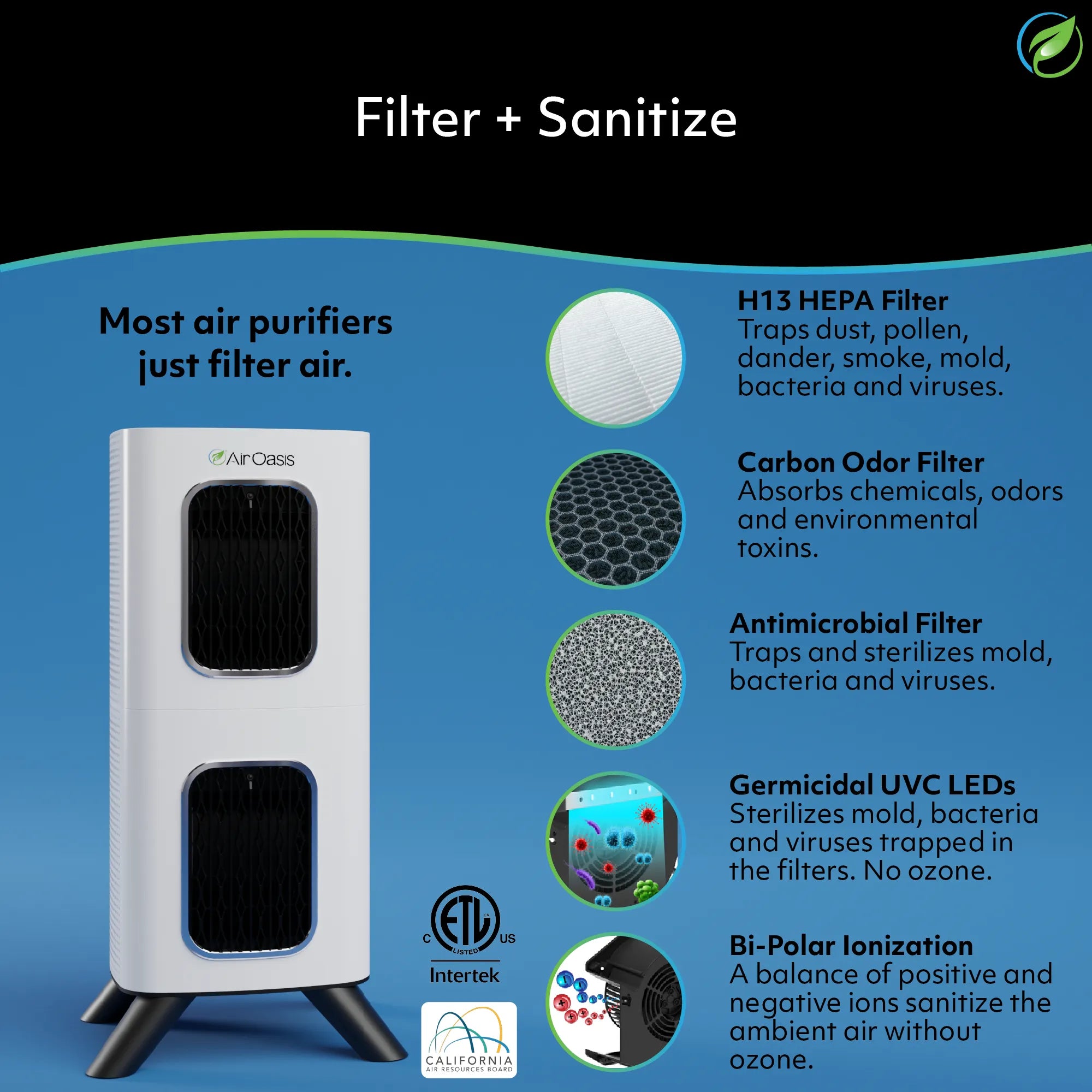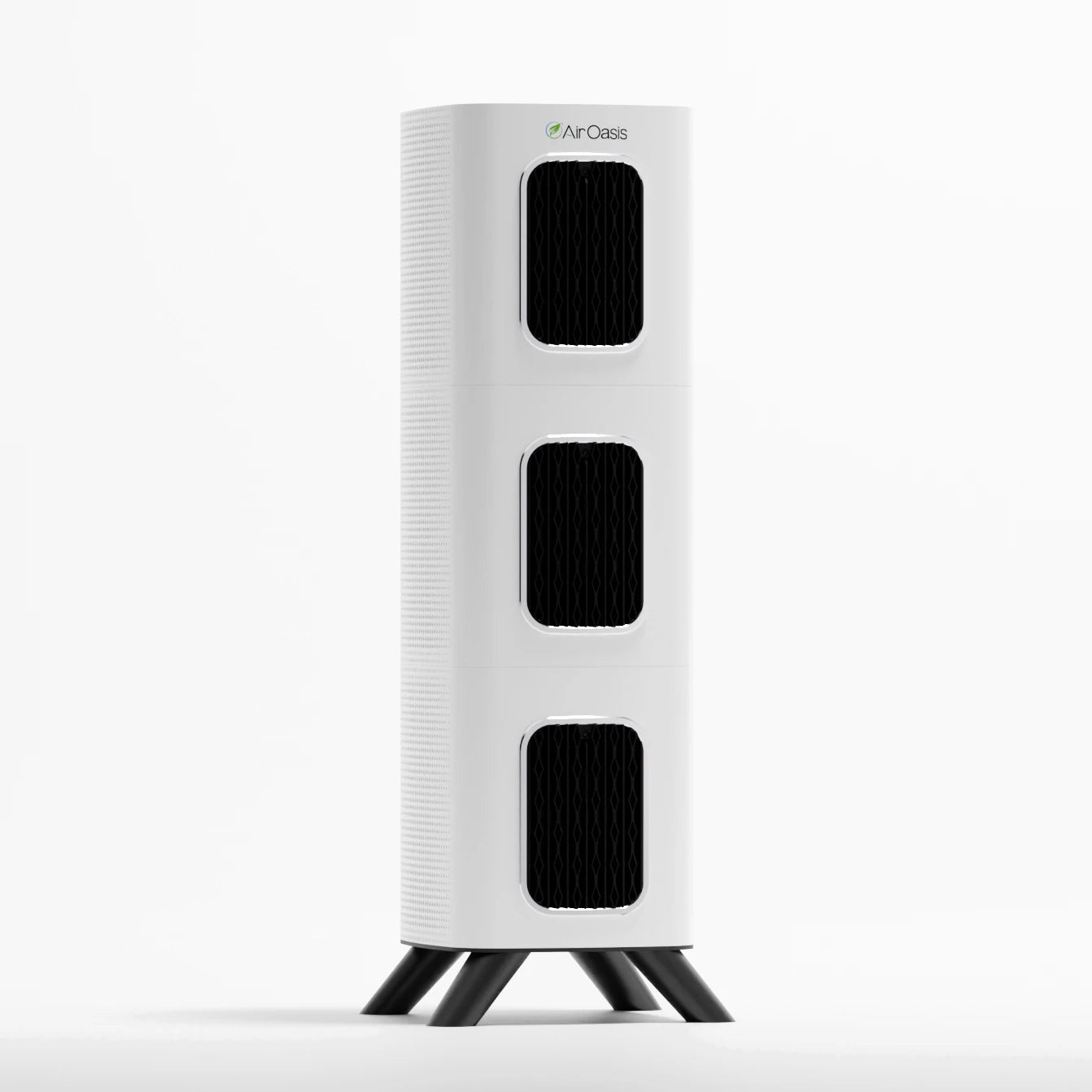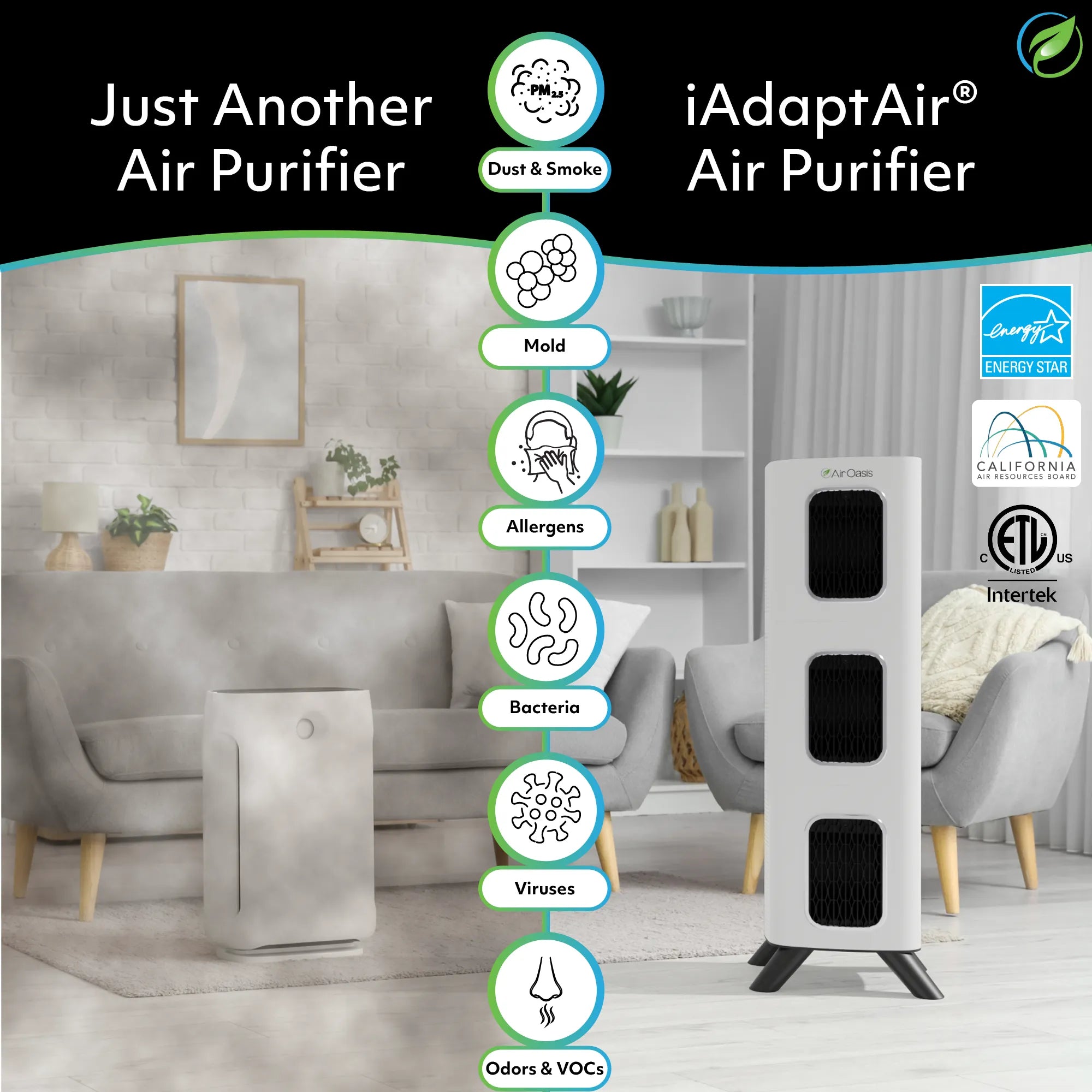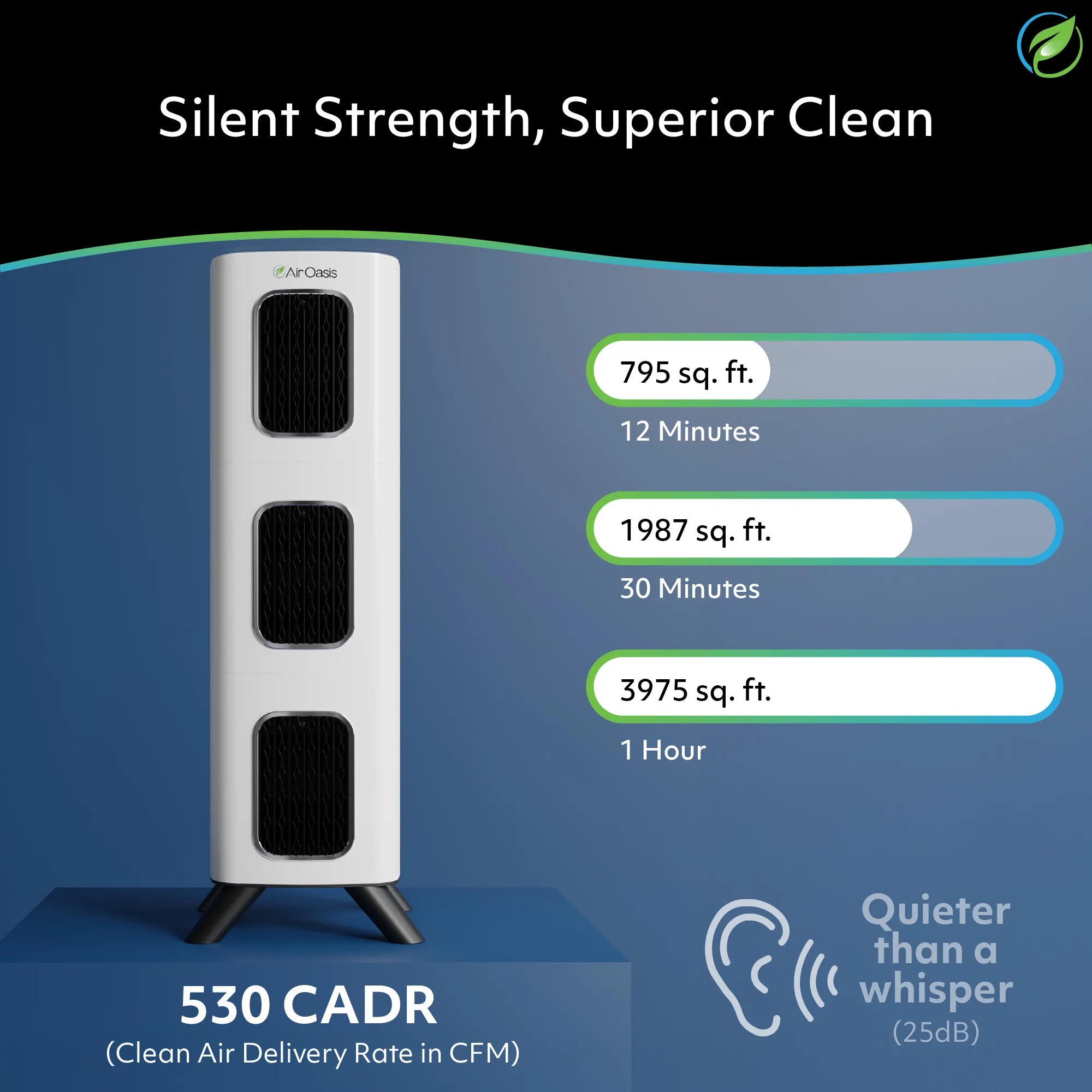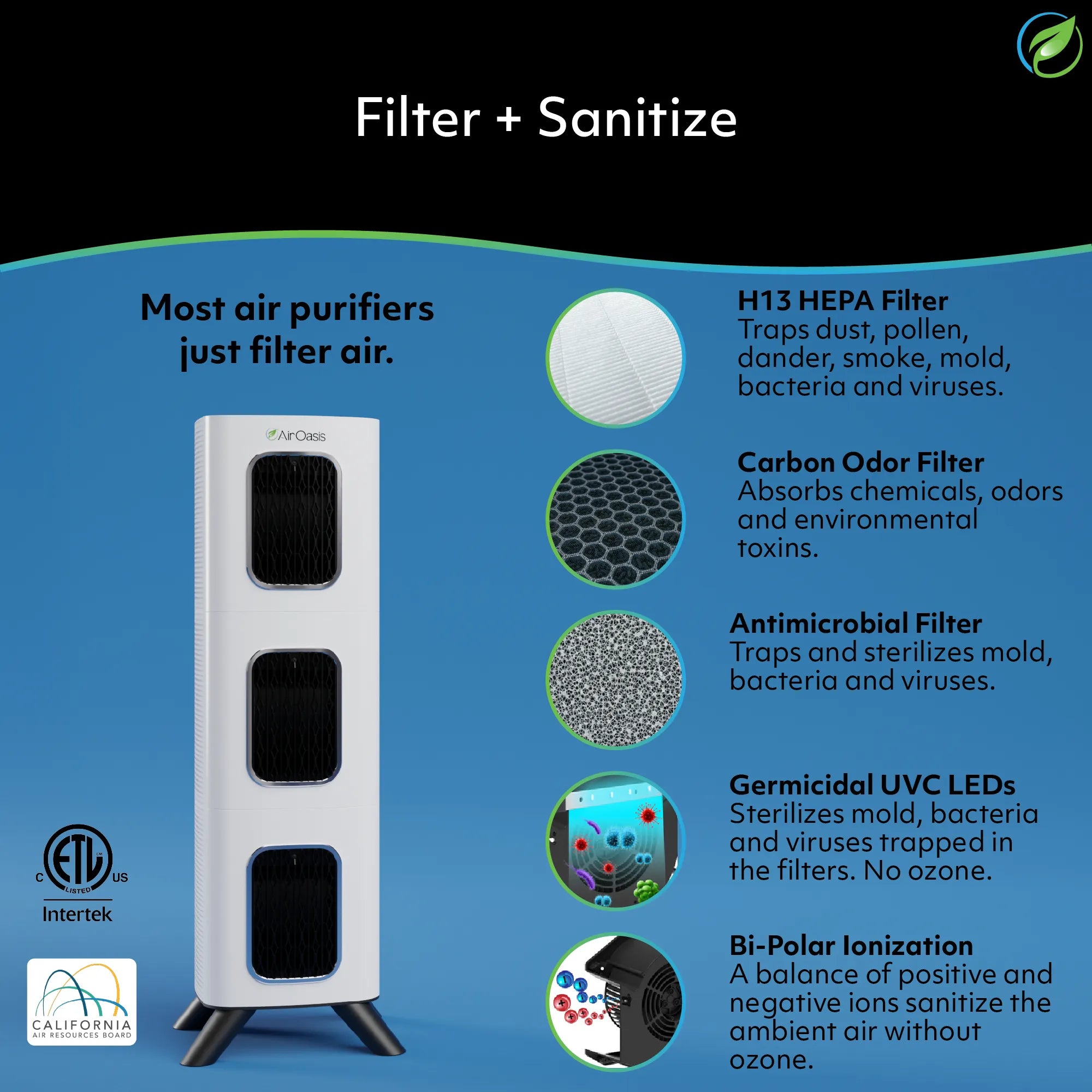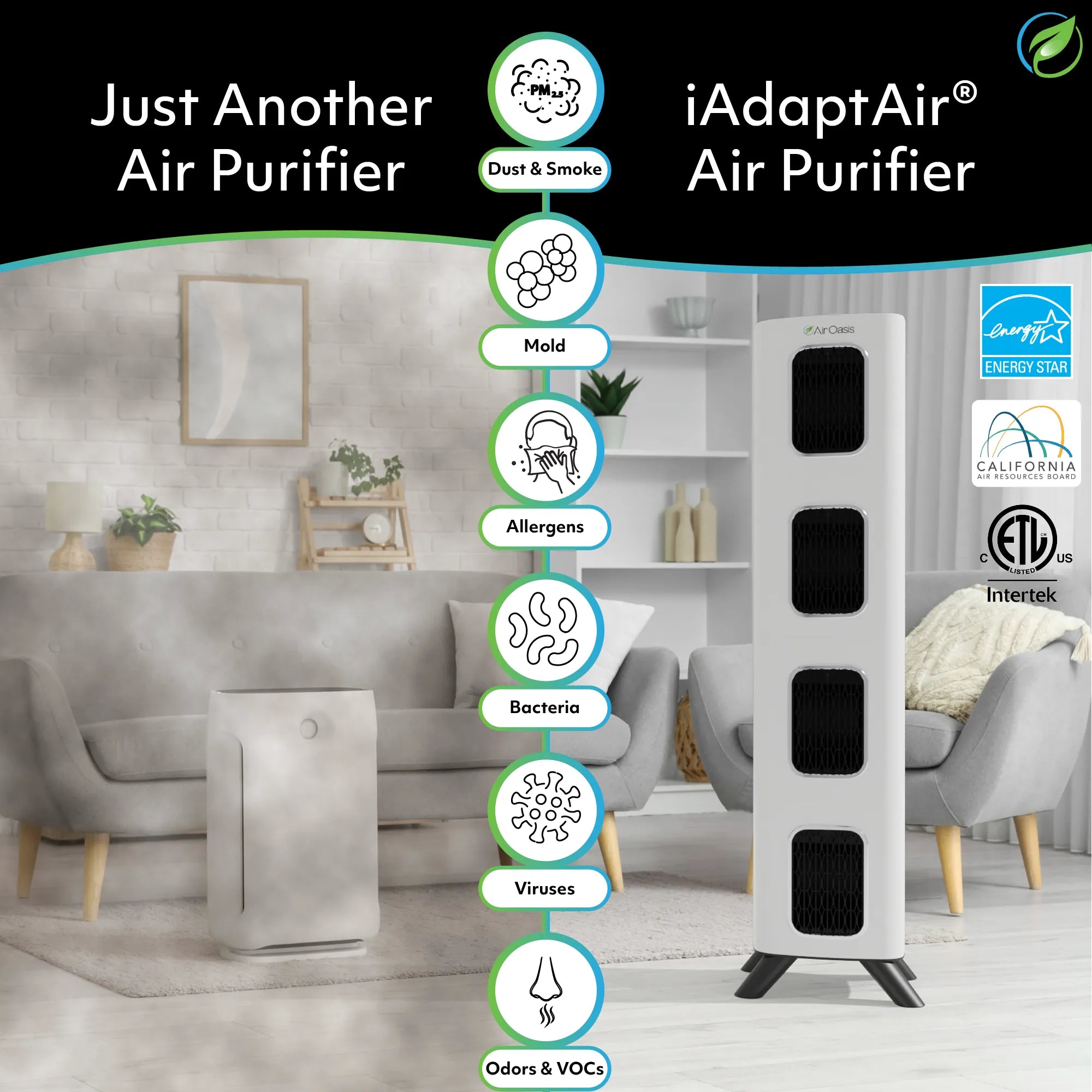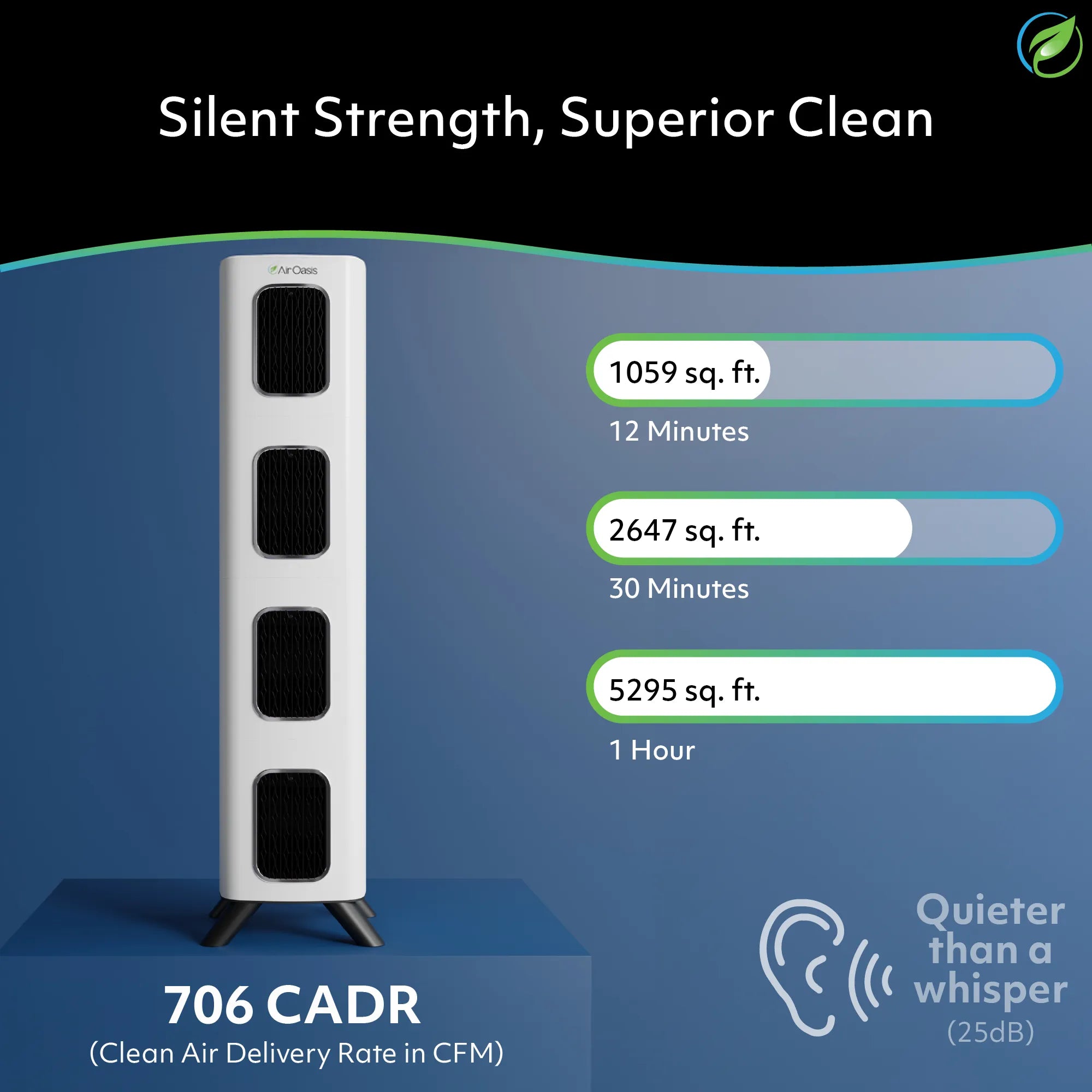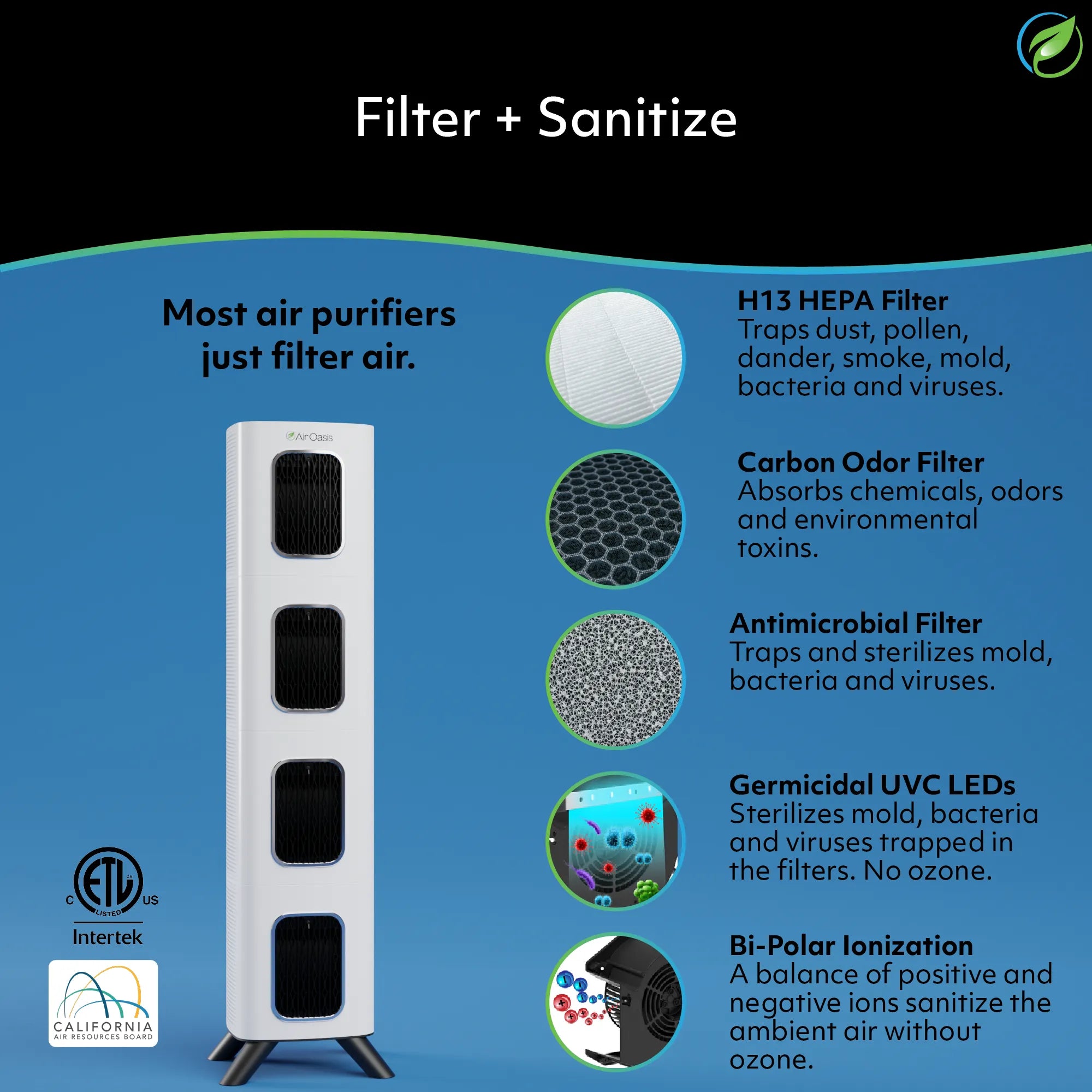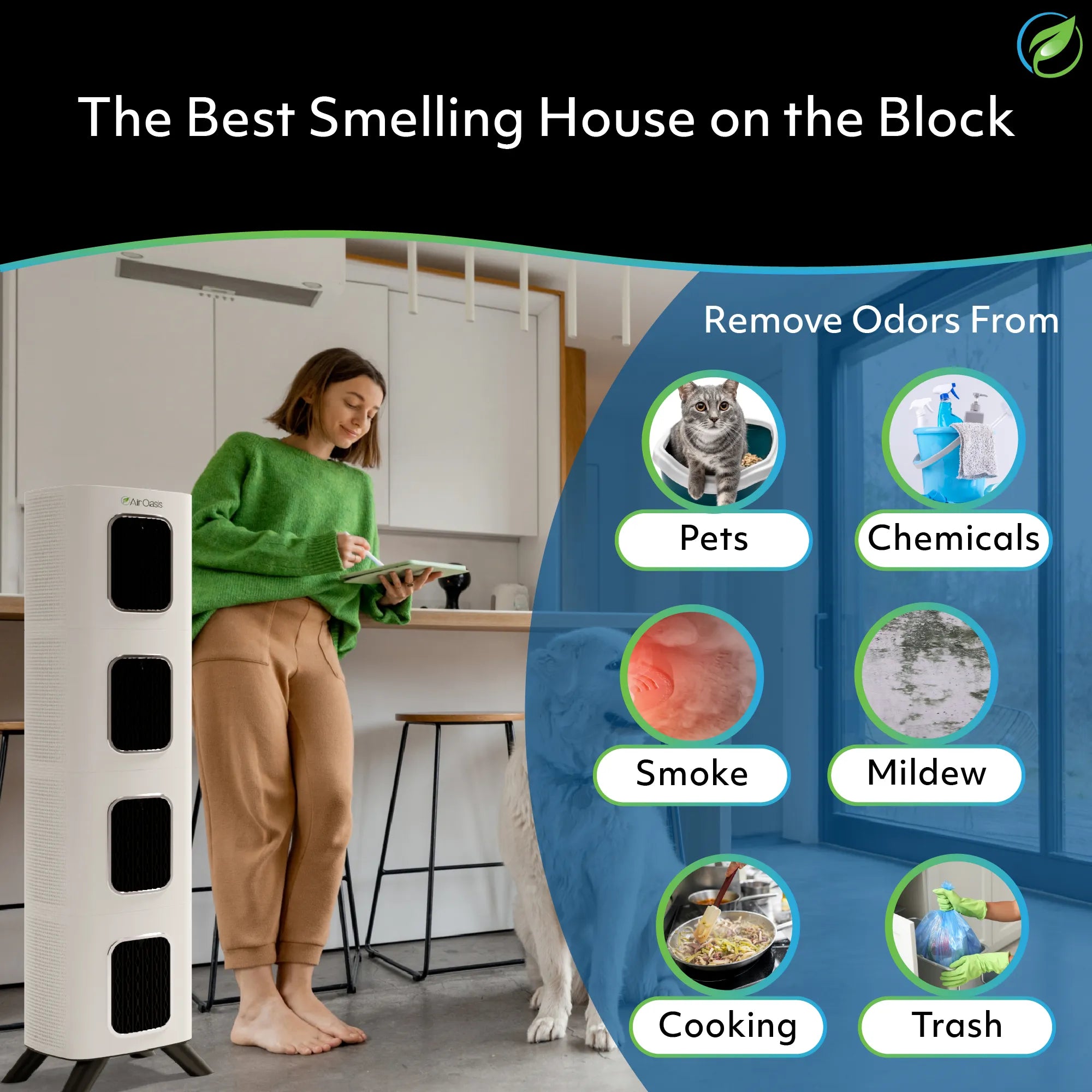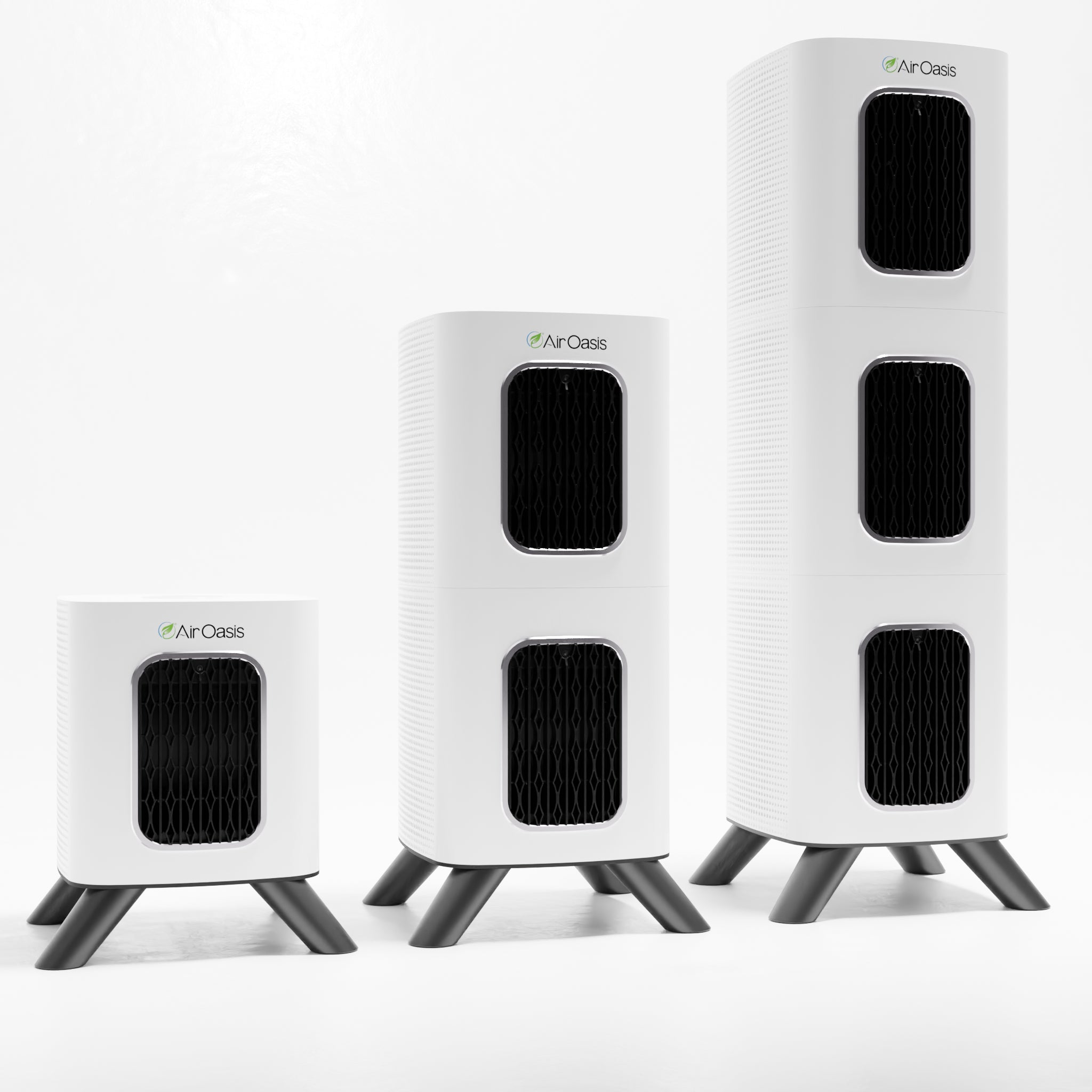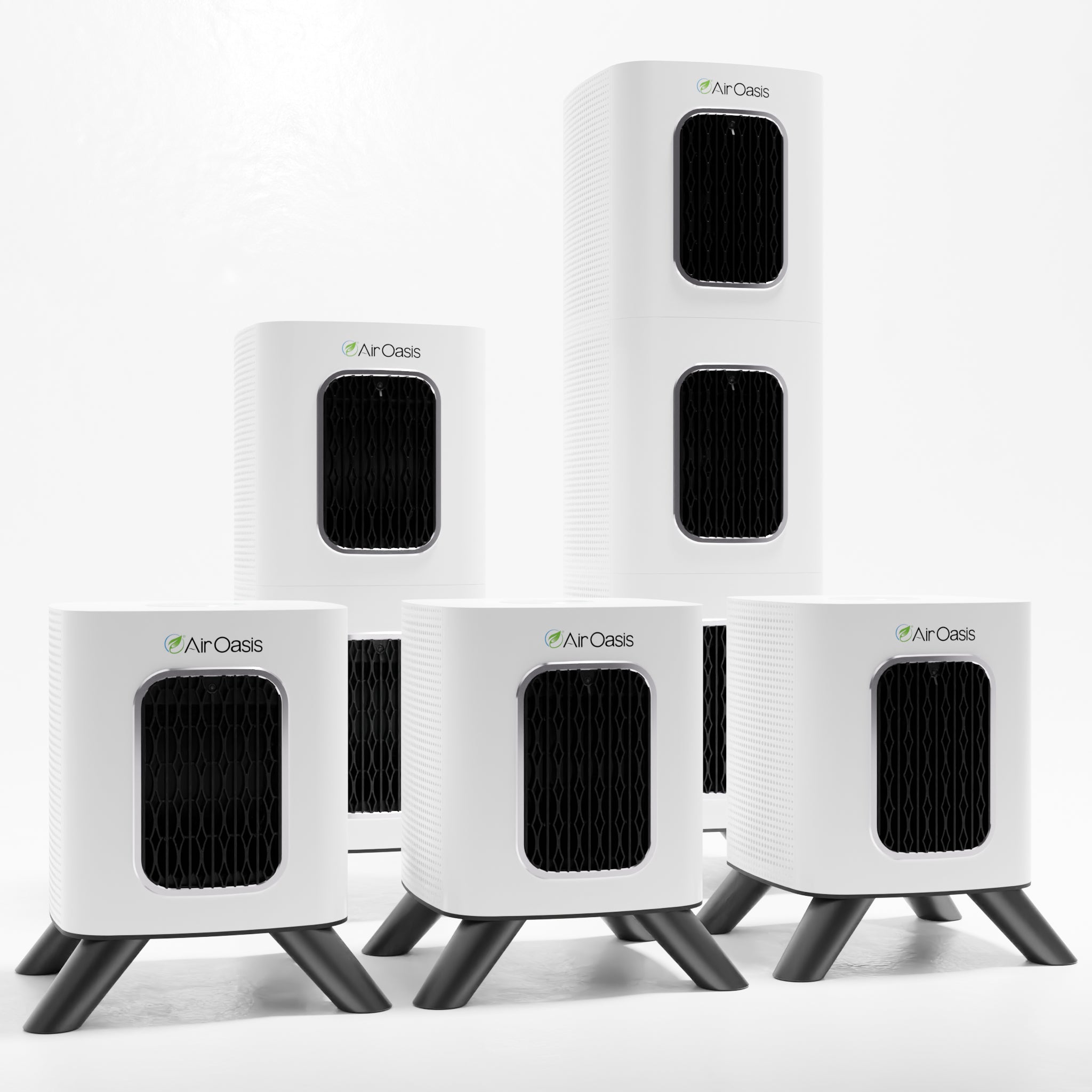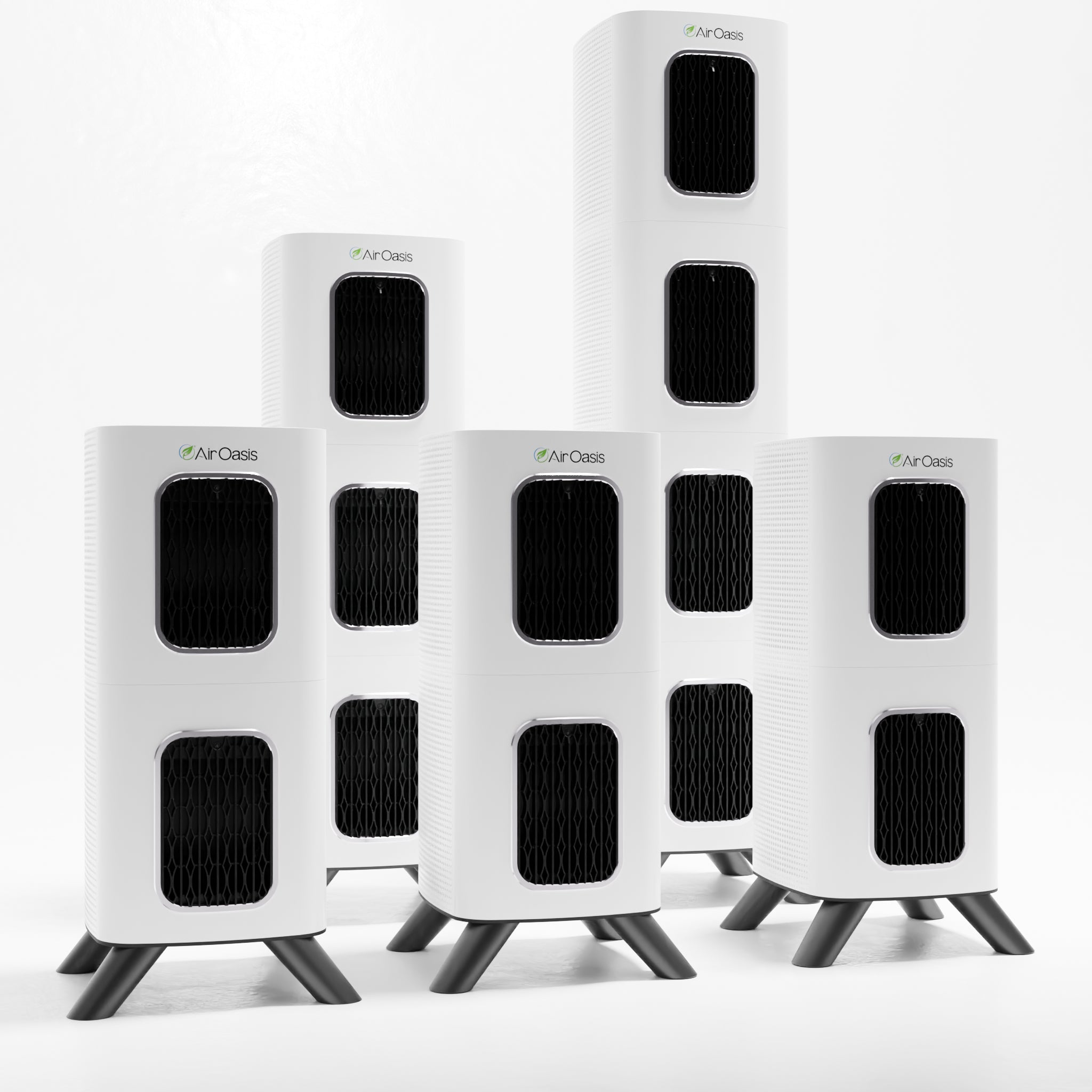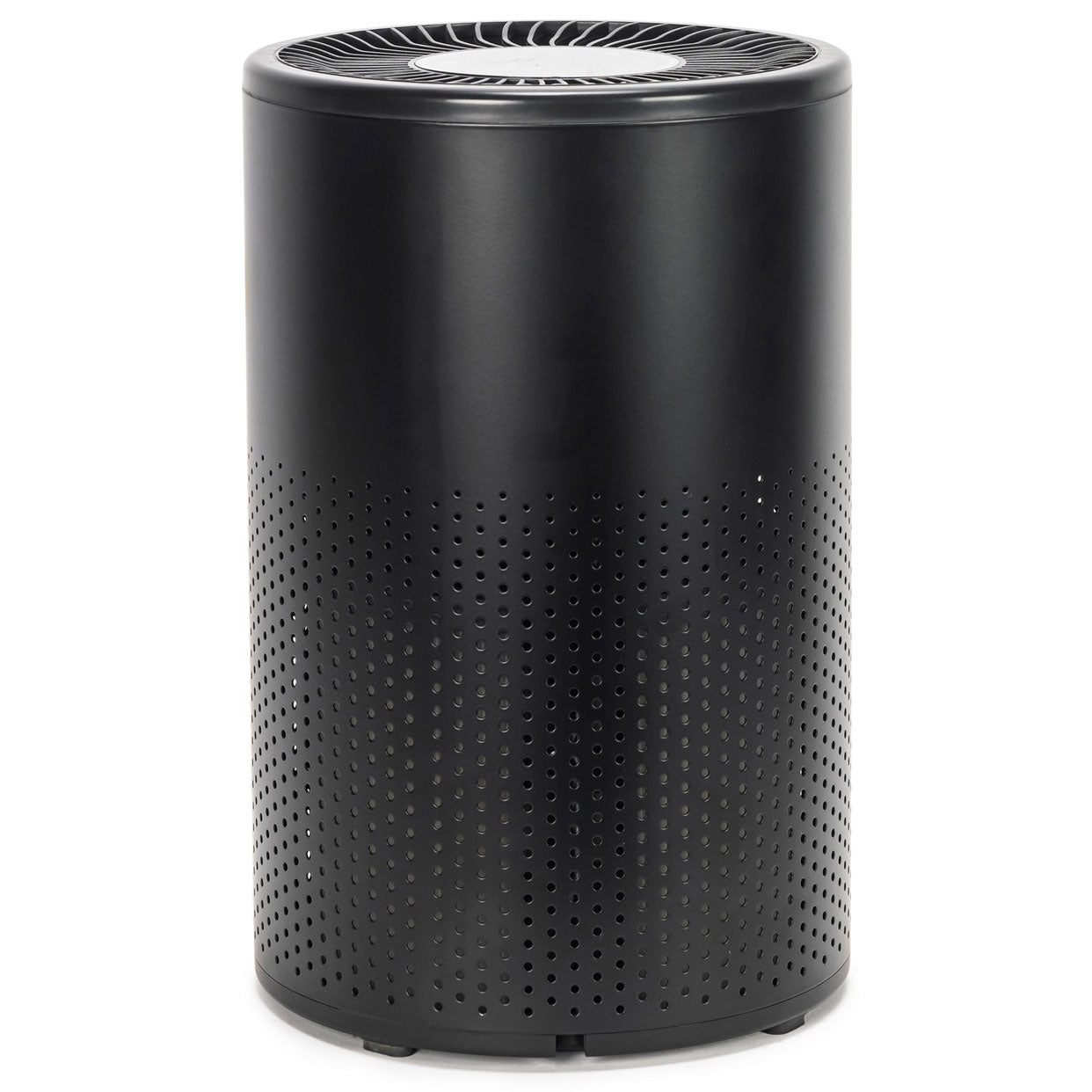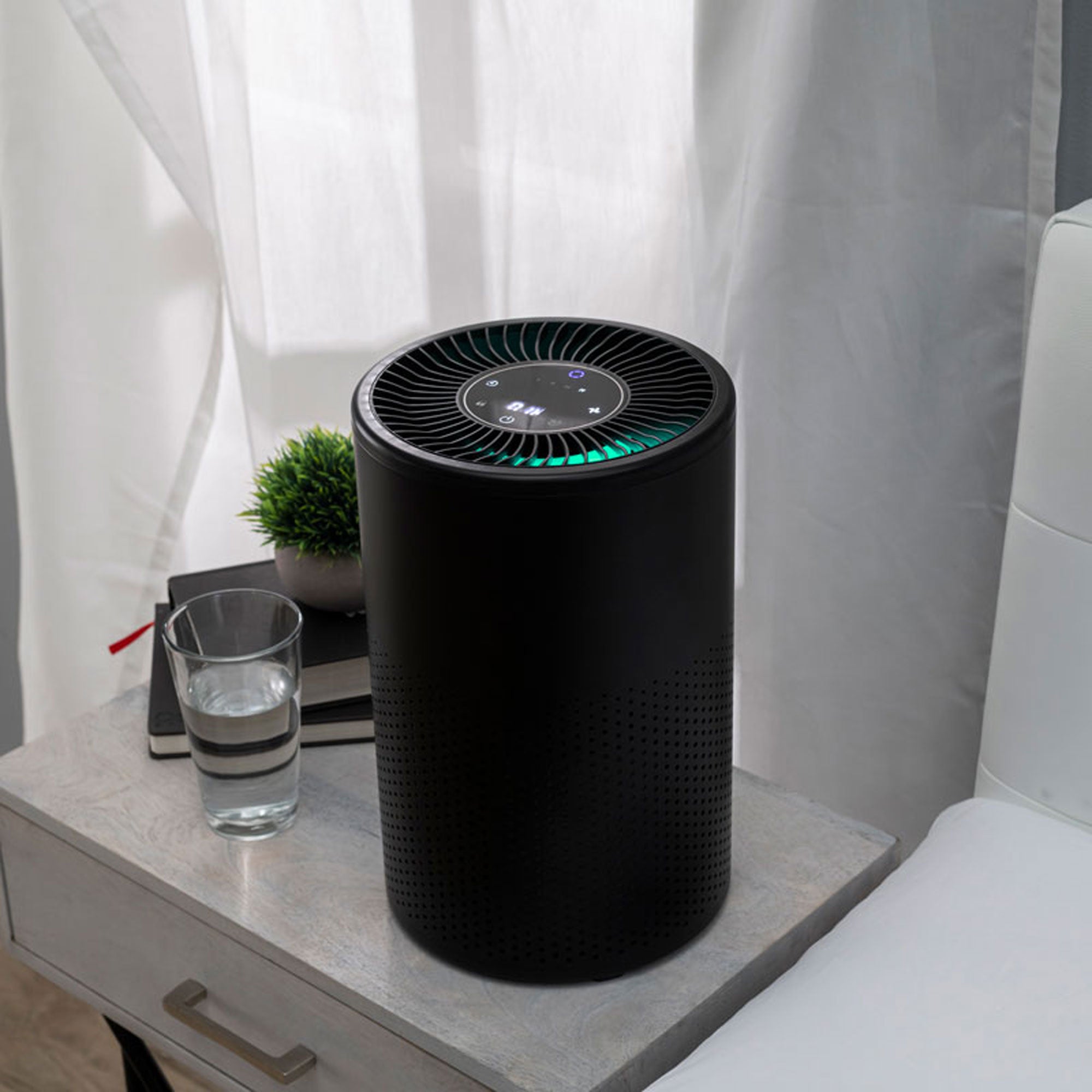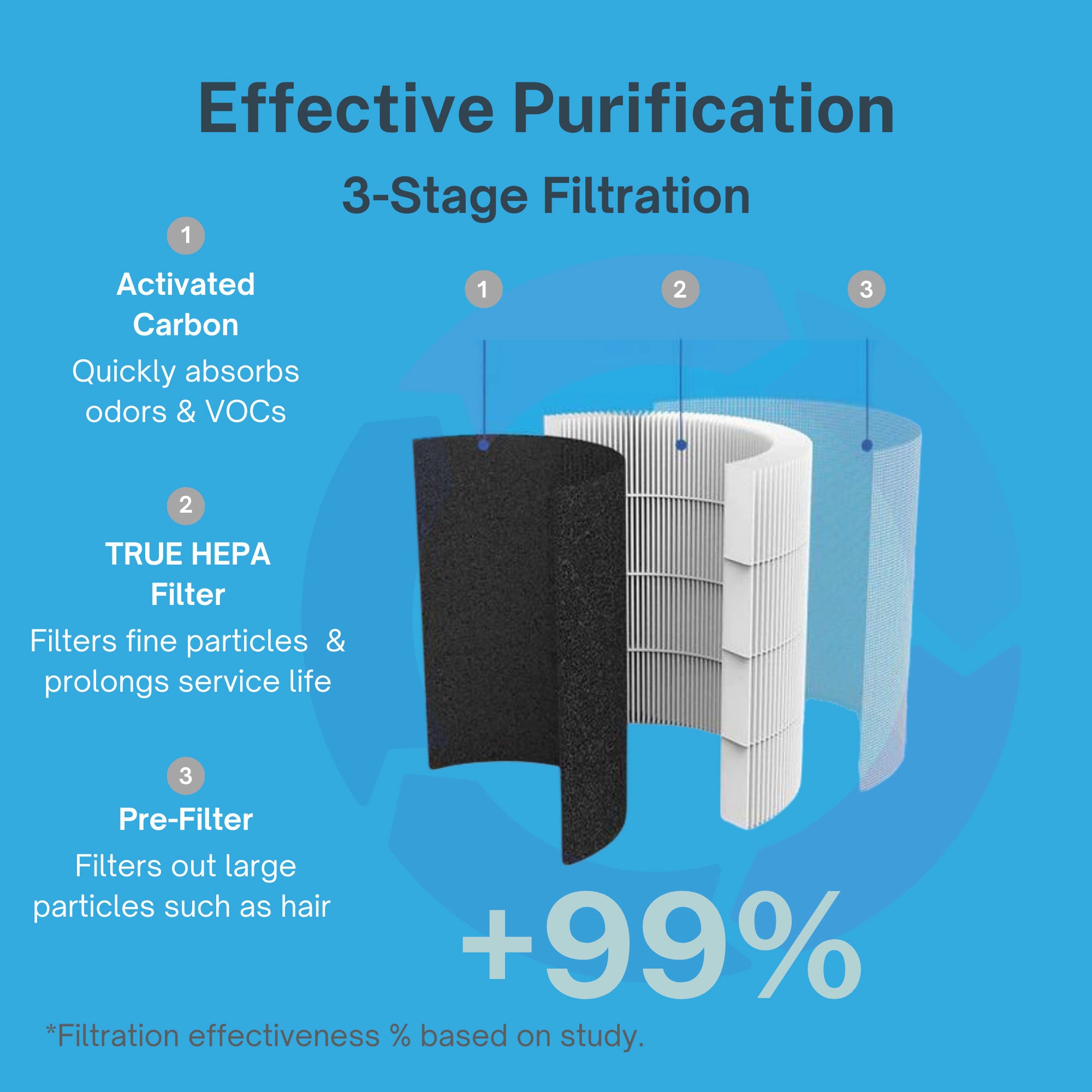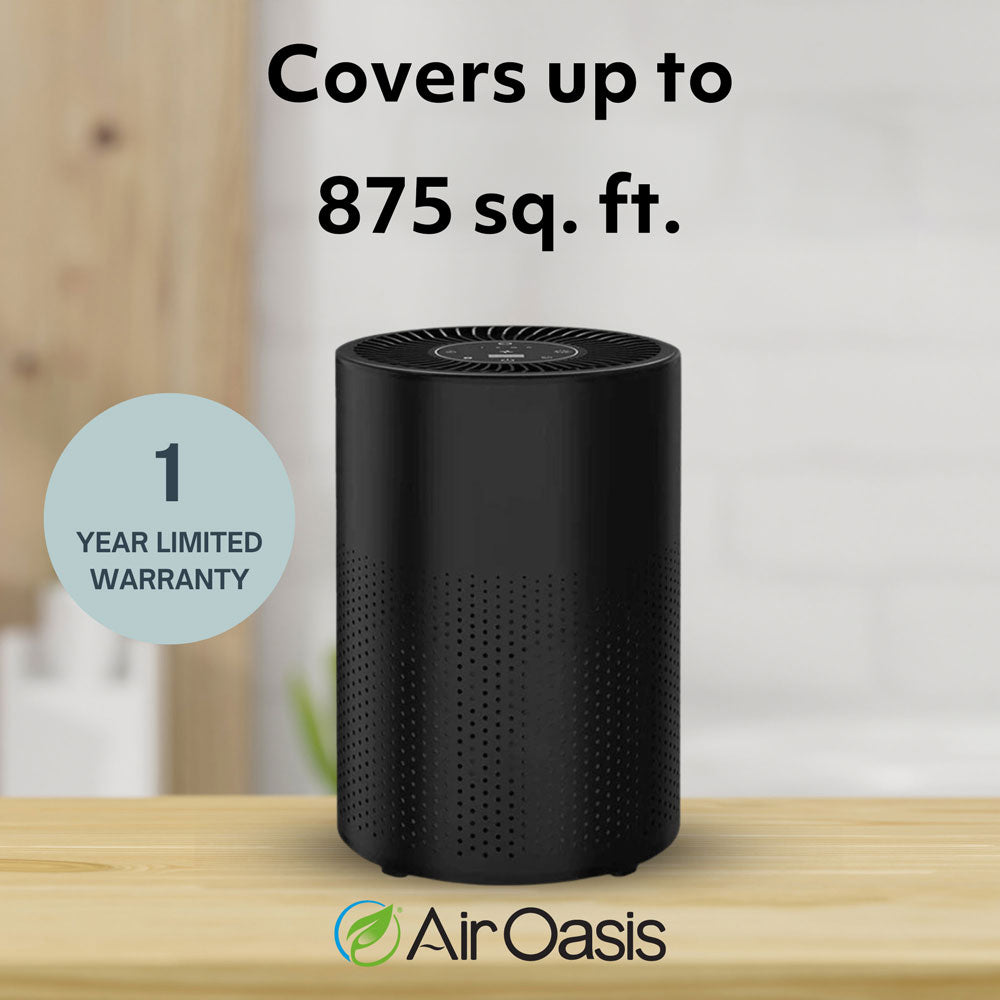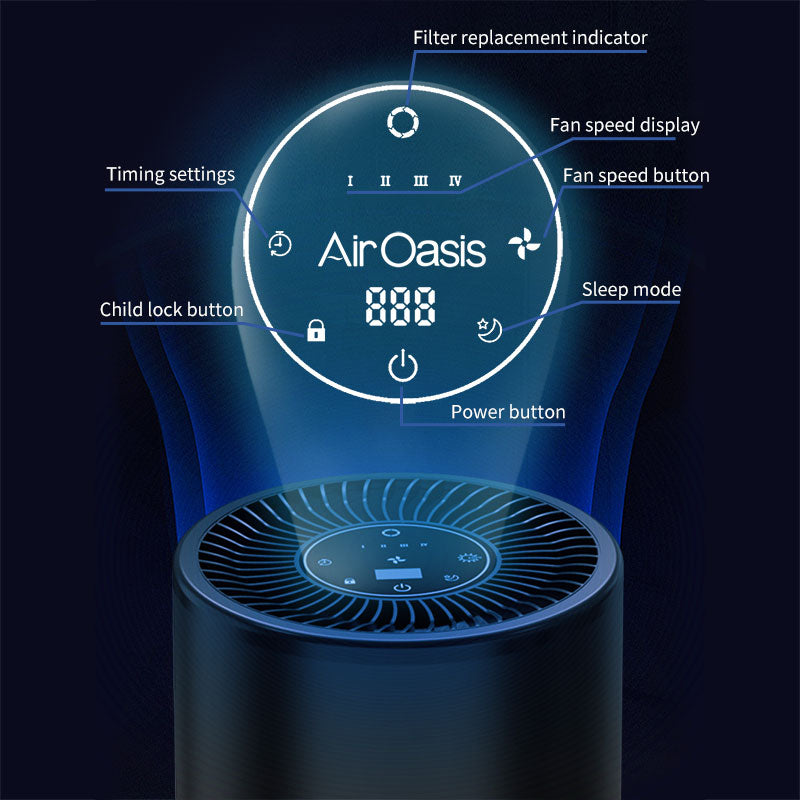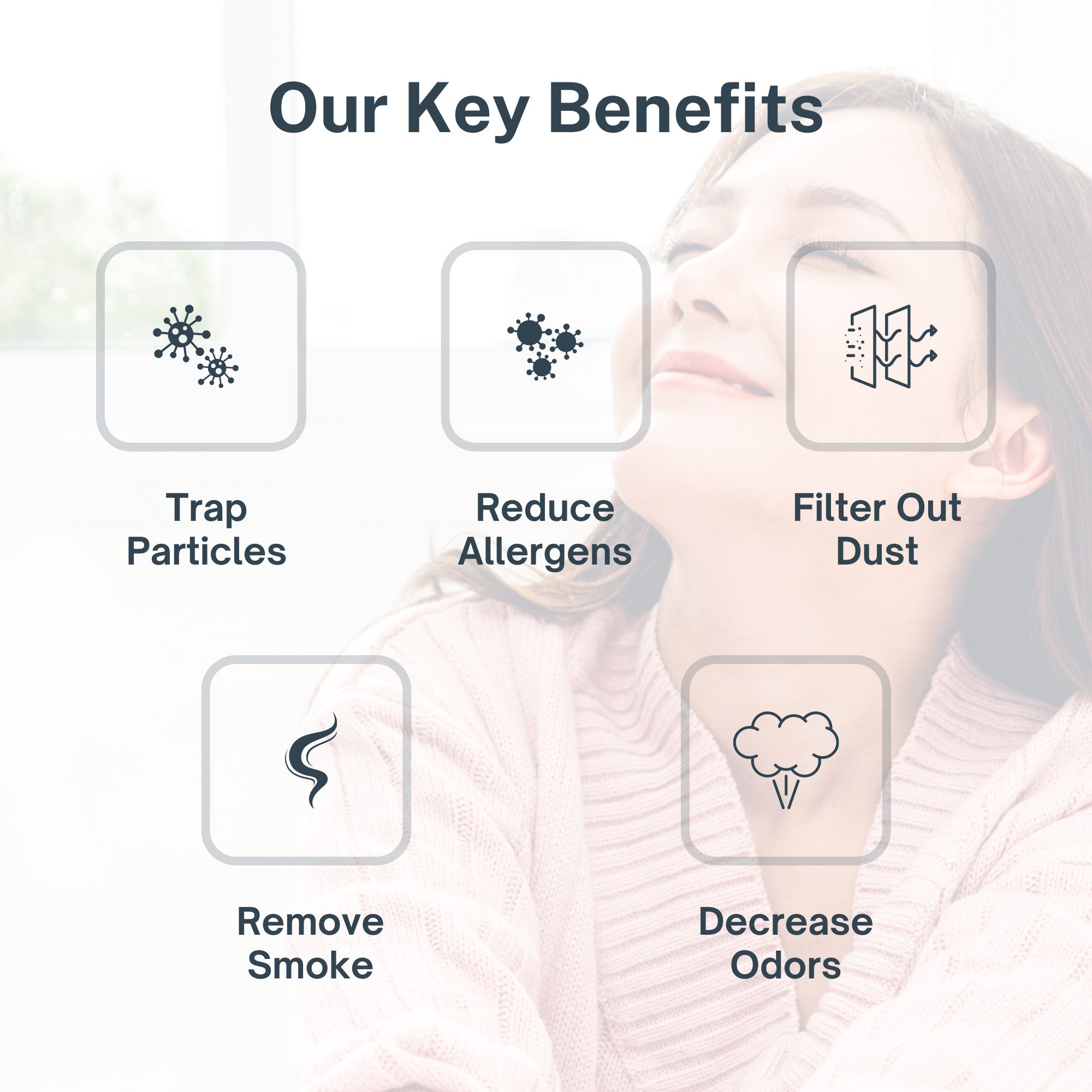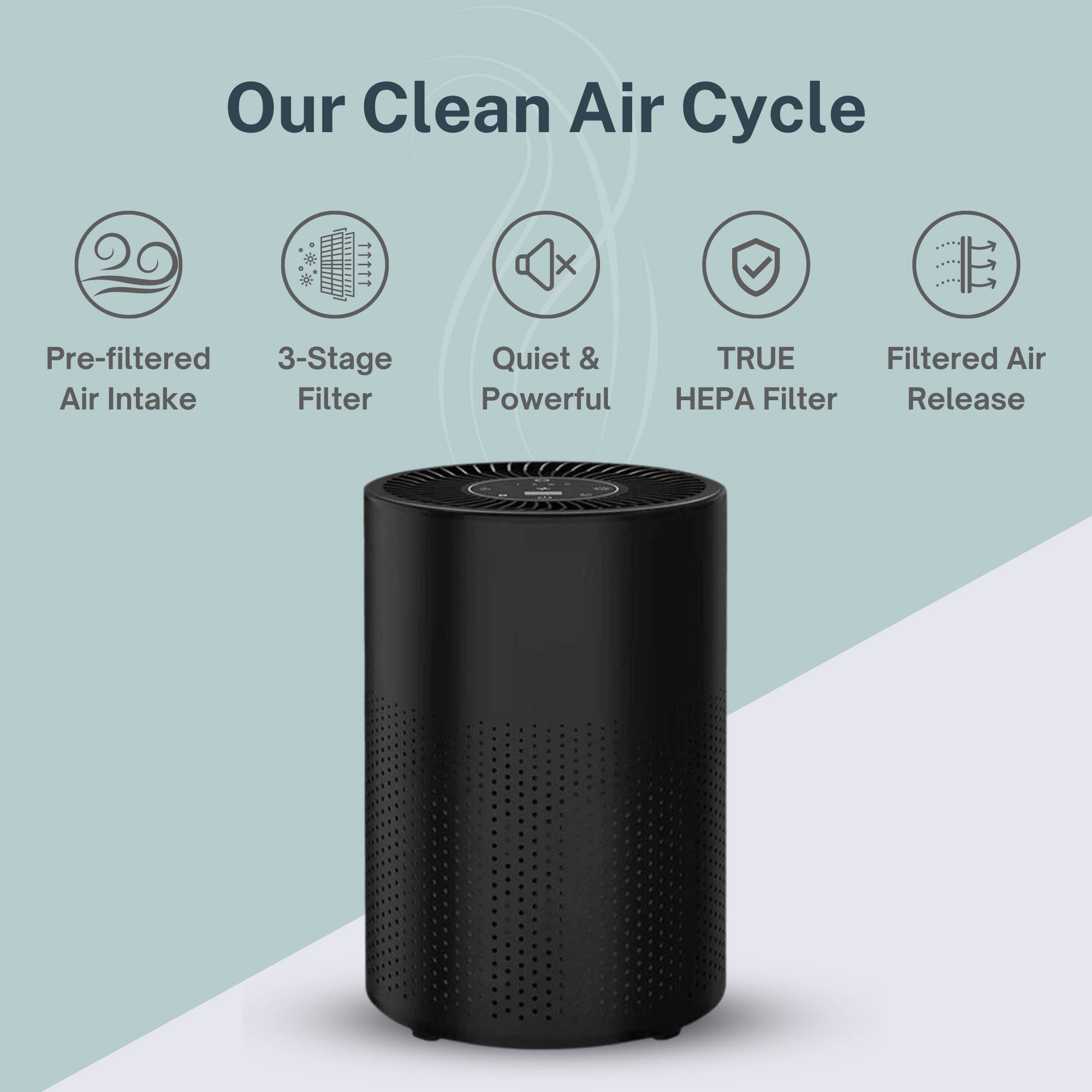The World Meteorological Organization released its Air Quality and Climate Bulletin in September 2025, tracing the complex interplay between air quality and climate change. The report emphasizes a critical truth: these two environmental challenges cannot be addressed separately. Climate change and air pollution form what the WMO calls a "vicious cycle"—fossil fuel burning and human activities that drive climate change simultaneously generate pollution including black carbon, nitrous oxide, and ground-level ozone, which then aggravate climate change further. This interconnection demands integrated policies rather than isolated approaches to protect human health, ecosystems, and economies worldwide.
Particulate Matter Patterns Across the Globe
The 2025 WMO Bulletin examined particulate matter 2.5 microns in diameter or smaller (PM2.5) throughout 2024, using three different models to provide comprehensive analysis. The findings revealed significant regional variations. Eastern China continued showing declining PM2.5 levels thanks to sustained mitigation measures, demonstrating that policy interventions can produce measurable improvements. Northern India showed concerning pollution hotspots, while wildfire activity created above-average PM2.5 levels across Canada, Siberia, and central Africa.
The Amazon basin registered the highest pollution anomaly, driven by record wildfires in the western Amazon region combined with drought-fueled fires across northern South America. These wildfire emissions traveled significant distances, causing measurable air quality degradation in densely populated urban centers far from the fire sources. The pattern illustrates how air pollution crosses international borders, affecting millions of people beyond the immediate fire zones.
Understanding Aerosols and Their Dual Climate Impact
Aerosols—tiny airborne particles—play a complex role in both air quality and climate. Their effects depend on composition. Darker aerosols like black and brown carbon warm the atmosphere and accelerate ice and glacier melting when they deposit on frozen surfaces. Conversely, brighter aerosols such as sulfates reflect solar radiation back to space, providing temporary atmospheric cooling before falling as acid rain and snow. Global aerosol concentrations increased from the 1950s through the 1980s but have declined substantially since then due to concerted efforts in North America, Europe, and later East Asia. However, concentrations continue rising in South Asia, South America, and northern latitudes, partly due to increasing wildfire frequency.
The WMO report notes that international regulations reducing sulfur emissions in shipping fuels successfully improved air quality, cutting premature deaths and childhood asthma cases. However, these same regulations measurably reduced the cooling effect of sulfate aerosols, slightly accelerating global warming. This demonstrates the intricate balance between air quality improvements and climate impacts, reinforcing why integrated approaches to emissions management must consider both climate protection and ecosystem and human health simultaneously.
Regional Air Quality Challenges
The Indo-Gangetic Plain, home to over 900 million residents, exemplifies how pollution transforms natural weather patterns. This densely populated, agriculturally active region has experienced marked increases in both air pollution and winter fog episodes. While fog represents a seasonal occurrence, its growing frequency and duration increasingly link to pollution from vehicles, construction, heating, cattle, and vegetation burning. The WMO Bulletin states that fog persistence has evolved beyond a simple seasonal weather event into a symptom of escalating human environmental impact, requiring comprehensive strategies including agricultural residue burning regulations and cleaner energy promotion for cooking, heating, and transportation.
The Critical Need for Improved Monitoring
The WMO report underscores that climate impacts and air pollution respect no national borders, demanding improved international monitoring and collaboration. While satellites provide critical insights, ground-based monitoring networks remain essential for calibration and validation, particularly in developing countries where infrastructure remains sparse. From ozone studies in South America to improved pollen forecasting in Europe and atmospheric deposition assessment in Africa, the Bulletin emphasizes that observations form the foundation for understanding and addressing air quality challenges.
Protecting Indoor Air From Global Pollution Patterns
The WMO findings demonstrate that outdoor air pollution from wildfires, industrial sources, and transportation infiltrates across vast distances, affecting air quality in regions far from emission sources. Understanding how outdoor pollution impacts indoor environments becomes essential as global pollution patterns intensify. Medical-grade HEPA filtration captures the fine particulate matter that wildfires, industrial activities, and transportation generate. Activated carbon addresses gaseous pollutants and volatile organic compounds that accompany particle pollution. Comprehensive air purification systems create protected indoor environments when outdoor air quality deteriorates due to local or distant pollution sources, providing continuous protection as global air quality challenges evolve. Your home can maintain clean air regardless of external pollution patterns. Shop Air Oasis today and protect your family from the global air quality threats the WMO identifies.




